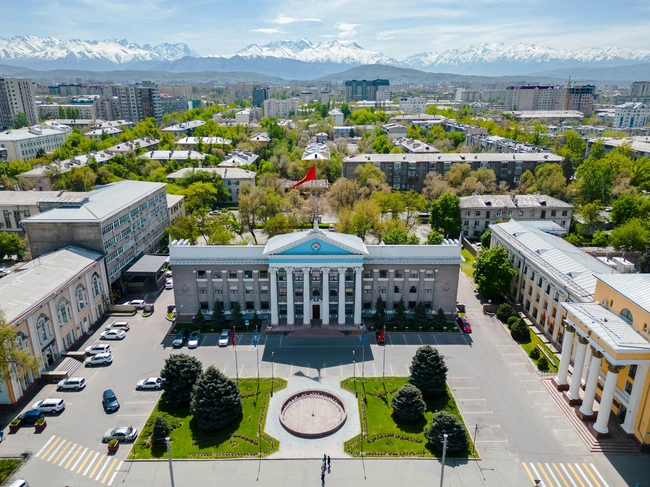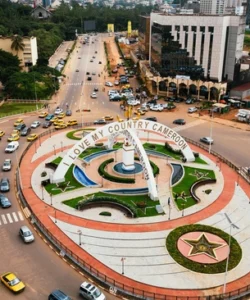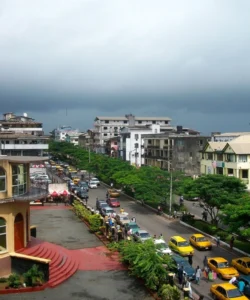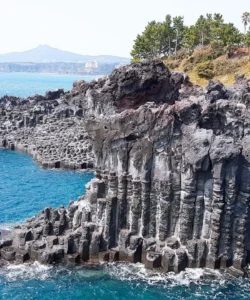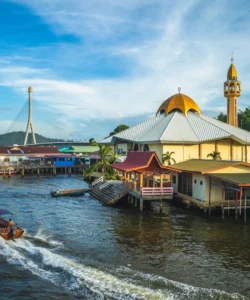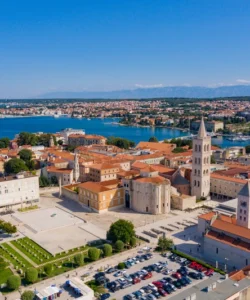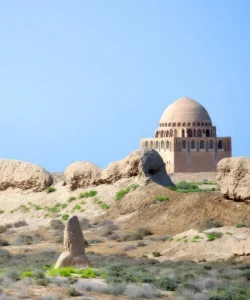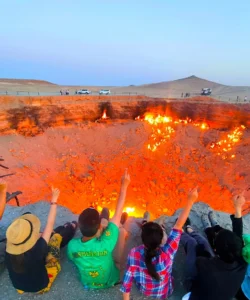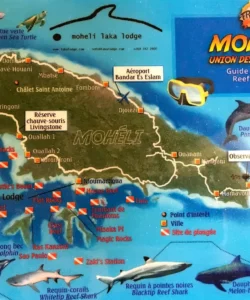Kyrgyzstan, a mountainous and landlocked country in Central Asia, is known as the “Switzerland of Central Asia” for its stunning alpine landscapes, nomadic traditions, and pristine lakes.
Listen to an introduction about Kyrgyzstan
![]()
Area & Population:
Kyrgyzstan has a total area of approximately 199,951 square kilometers. The country has a population of around 6.8 million people.
Language:
Kyrgyzstan has two official languages: Kyrgyz and Russian. Kyrgyz is a Turkic language and is the national language, while Russian is widely used in business, government, and education.
Currency:
The currency of Kyrgyzstan is the Kyrgyzstani Som (KGS).
Religion:
Islam is the dominant religion in Kyrgyzstan, with over 90% of the population identifying as Muslim. There is also a small Christian population, as well as a small number of people who practice indigenous beliefs and other religions.
Capital & Major Cities:
- Capital: Bishkek is the capital and largest city of Kyrgyzstan. It’s a relatively modern city with wide avenues, Soviet-era architecture, and a backdrop of the Tian Shan mountains.
- Major Cities: Other important cities include:
- Osh: The second-largest city and one of the oldest in Central Asia, with a history spanning over 3,000 years.
- Karakol: A popular tourist hub on the eastern shore of Issyk-Kul Lake, known for its unique wooden Dungan Mosque and as a base for trekking in the mountains.
- Jalal-Abad: A city known for its thermal springs and health resorts.
Attractions & Wonders:
Kyrgyzstan’s main draw is its spectacular natural beauty and the opportunity for adventure and cultural immersion in its nomadic lifestyle.
- Natural Wonders:
- Issyk-Kul Lake: The world’s second-largest alpine lake, known for its deep blue waters and the fact that it never freezes. The surrounding mountains and resort towns make it a popular destination.
- Song-Kul Lake: A high-altitude, freshwater lake that is only accessible in the summer months. It’s a popular spot for staying in traditional yurts with nomadic families.
- Ala Archa National Park: A beautiful alpine park just a short drive from Bishkek, offering great opportunities for hiking, trekking, and rock climbing.
- Jeti-Oguz Gorge: Famous for its red rock formations, including the “Seven Bulls” and “Broken Heart” rock.
- Historical & Cultural Sites:
- Burana Tower: An 11th-century minaret and one of the last remaining structures of the ancient city of Balasaghun, once a major Silk Road trading post.
- Tash Rabat: A well-preserved 15th-century stone caravanserai located in a remote mountain valley, once a resting place for Silk Road traders.
- Suleiman-Too Sacred Mountain (Osh): A UNESCO World Heritage site and a major pilgrimage site for both Muslims and indigenous religions.
Architecture:
Kyrgyz architecture is a fascinating mix of nomadic traditions, Soviet-era modernism, and Islamic influences.
- Traditional: The most iconic architectural form is the yurt, a portable, felt dwelling used by nomads. The “tunduk,” or wooden crown of the yurt, is a national symbol and is featured on the Kyrgyz flag.
- Soviet: Cities like Bishkek are dominated by Soviet-era architecture, with grand squares, imposing government buildings, and wide, tree-lined avenues.
- Islamic: The country’s mosques and other religious buildings often feature Central Asian Islamic architectural styles.
Roads:
Due to its mountainous topography, Kyrgyzstan’s road network is a challenge. While major routes, such as the road connecting Bishkek and Osh, are paved and relatively well-maintained, many roads, especially in rural and mountainous areas, are unpaved, full of potholes, and can be difficult to navigate, particularly in winter.
Hotels:
Accommodation in Kyrgyzstan ranges from international-standard hotels in Bishkek and Osh to unique and authentic experiences like staying in a traditional yurt camp by a mountain lake. There are also guesthouses and homestays that offer a more personal and cultural experience.
Restaurants & Cuisine:
Kyrgyz cuisine is hearty and reflects the country’s nomadic past, with a strong emphasis on meat, dairy, and simple ingredients.
- Key Dishes:
- Beshbarmak: Considered the national dish, it consists of finely chopped boiled meat (usually horse or lamb) served over a bed of homemade noodles.
- Plov: A Central Asian rice pilaf cooked with meat, carrots, and onions, often served for special occasions.
- Manty: Steamed dumplings filled with minced meat and onions.
- Shashlik: Skewered and grilled meat (mutton, beef, or chicken) that is popular street food.
- Lagman: A thick, flavorful noodle dish with meat and vegetables, with Uighur and Dungan influences.
- Beverages: Popular drinks include kumys (fermented mare’s milk) and chalap (a salty, fermented yogurt drink).
